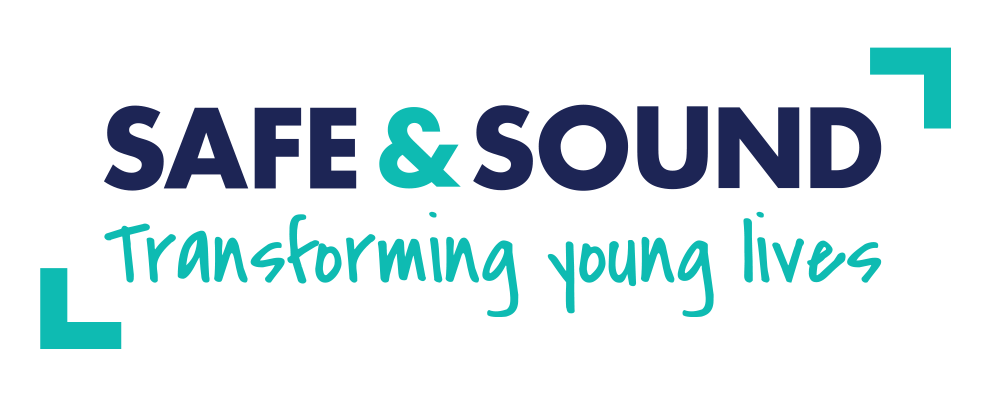CHILD EXPLOITATION CAN OCCUR IN DIFFERENT WAYS AND IN DIFFERENT SITUATIONS. MANY YOUNG PEOPLE ARE ‘GROOMED’ BY THEIR ABUSER, WHICH TENDS TO CONJURE UP THE IMAGE OF AN ADULT HIDING BEHIND A COMPUTER SCREEN TALKING TO YOUNG PEOPLE ONLINE. HOWEVER THIS IS NOT THE ONLY FORM OF GROOMING AND YOUNG PEOPLE CAN ALSO BE TARGETED IN PERSON.
Grooming is an action deliberately undertaken with the aim of befriending and establishing an emotional connection with a child, to lower the child’s inhibitions with the intention to sexually abuse them. In England and Wales, sections 14 and 15 of the Sexual Offences Act 2003, make it an offence to arrange a meeting with a child, for oneself or someone else, with the intent of conducting sexual activities. The meeting itself is also criminalised.
Grooming is not just about sexual activity. It can take many forms including to commit criminal acts, carry drugs or become involved in radicalisation. It is a carefully planned process with the aim of controlling a young person, to ensure that they do exactly what the perpetrator wants. Initially, a young person may receive gifts and be showered with attention and affection, but this may later turn to blackmail, threats of violence or actual violence.
Perpetrators can be male or female from any background, any age group and any ethnicity. Often, perpetrators are well-liked, articulate and plausible. Exploitation can also happen between young people and within peer groups.
It is not a young person’s fault if they are exploited. Perpetrators of child exploitation often have power – real or perceived – over the young people they abuse. This power may be due to their age, their status, their intellect, or their physical strength. They use this power to manipulate and control their victim.
These are the most widely used terms for grooming models as defined by Barnardo’s Puppet on a String report, which you can read HERE.
THE RELATIONSHIP/PEER MODEL
This type of grooming explains how perpetrators often befriend young people and make them believe they are in a loving ‘relationship’ or friendship and then coerce them to have sex with friends or associates. Peer to peer grooming can sometimes be associated with gang activity, where the young person doing the grooming is a victim themselves.
Whilst this definition is widely referred to as the ‘Boyfriend Model’, it’s worth bearing in mind that this does not take into account the fact that boys and young men can also be sexually exploited in this way.
ORGANISED/NETWORK MODEL & TRAFFICKING MODEL
This type of exploitation includes sex trafficking of young people, sometimes across the country or internationally or even just between houses or hotels, sometimes as part of an organised network of ‘buying and selling’ of the sexual services of young people by perpetrators. Some young people involved in the organised network may also be used themselves to recruit other young people into the network. This model usually involves numerous victims and perpetrators and is the most widely reported in the media.
INAPPROPRIATE RELATIONSHIP MODEL
This usually involves one perpetrator who has inappropriate power or control over a young person – one indicator could be a significant age gap or a person in a position of authority exploiting a young person for sex or criminality
GANGS MODEL
There is an increasing understanding of gang models in child exploitation. This can include sexual exploitation through gang initiation rituals, gang pressure or as punishment for crossing areas/boundaries. It is also worth considering that many gang members can also be victims themselves.
